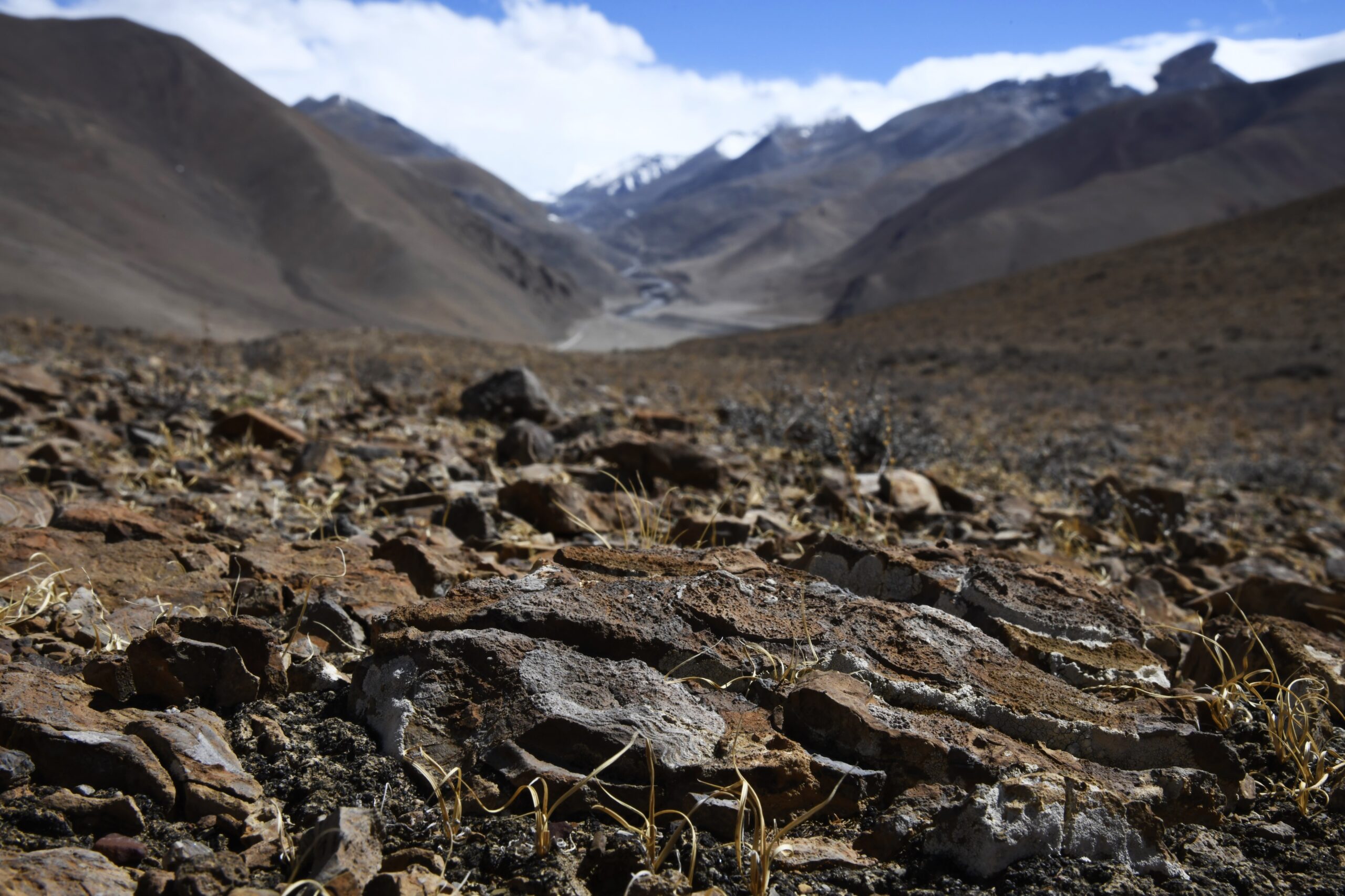
- This event has passed.
Talk – From Tethys to the Himalaya — Fossil Fishes Witnessed the Qinghai-Tibetan Plateau’s Dramatic Transformation

Dorset Geologist’s Association Group (DGAG) will host a talk on the Tuesday 21st October 2025.
Title: From Tethys to the Himalaya — Fossil Fishes Witnessed the Qinghai-Tibetan Plateau’s Dramatic Transformation
Speaker: Gengyu Fang; PhD Student in Palaeobiology
University of Bristol; Natural History Museum, London
Time: Talk will start at 7pm; finish approximately 8pm
Venue: Activity Meeting Room: Dorford Centre, Bridport Road, Dorchester, DT1 1RR
Lecture Entry Cost: All welcome: £6 non-members (£5 for DGAG members), cash best.
Booking a seat: contact Chris Webb at email: events@dorsetgeologistsassociation.org
Speakers’ summary – Talk Description: The Qinghai–Tibetan Plateau (QTP) lies at the centre of Asia and averages over 4,500 m in elevation, making it Earth’s highest plateau. Since the Mesozoic, spectacular tectonic events have built the plateau and driven profound environmental shifts, transforming the region from the ancient Tethys Ocean to today’s alpine steppe. However, the timing and mechanisms of uplift, the pathways linking environmental change to ecological response, and the assembly of the region’s distinctive biodiversity remain open questions.
The QTP’s dramatic tectonic history produced a series of sedimentary basins that preserve abundant fossils and record the co-evolution of biodiversity and uplift. Palaeontological research in the region began in the early twentieth century, most notably with the Sino-Swedish Expedition led by Birger Bohlin, who pioneered fieldwork in the Qaidam Basin on the QTP’s northern margin. Over the past century, Chinese and international researchers have continued this legacy, conducting extensive fieldwork and gradually piecing together the QTP’s uplift history.
The presenter is a PhD student in palaeoichthyology whose project applies new methods to re-examine fish fossils from the QTP. Over the past nine years, he has been deeply involved in the Second Tibetan Plateau Scientific Expedition and Research (STEP), participating in more than ten field expeditions across the QTP and covering strata from the Lower Triassic to the Neogene. In this talk, he will introduce a relative of Helicoprion that once swam in the Neo-Tethys; tropical fish fossils discovered in the plateau’s icy, windswept interior; Pliocene cyprinids adapted to extreme aridity; and records tracing the assembly of modern fish diversity on the plateau. He will also share field experiences— month-long camps in desolate salt deserts, expeditions through the Qiangtang National Nature Reserve, and collaborations with mountaineers at a fossil locality at over 6,000 m above sea level.
Photo: Courtesy of the speaker; An ammonite fossil from the Mount Qomolangma region – ammonites in the foreground!-Editor
Additional Links: Pending
